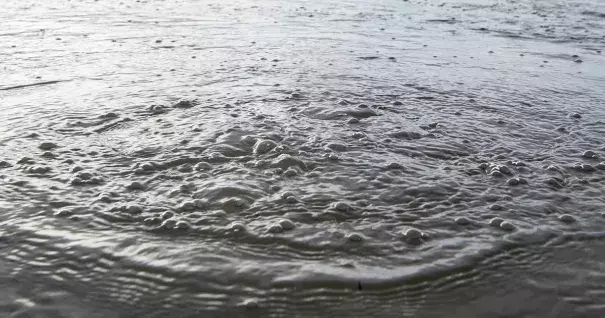Across the Arctic, lakes are leaking dangerous greenhouse gases. And one lake is behaving very strangely

Katey Walter Anthony has studied some 300 lakes across the tundras of the Arctic. But sitting on the mucky shore of her latest discovery, the Arctic expert said she’d never seen a lake like this one.
Set against the austere peaks of the Western Brooks Range, the lake, about 20 football fields in size, looked as if it was boiling. Its waters hissed, bubbled and popped as a powerful greenhouse gas escaped from the lake bed. Some bubbles grew as big as grapefruits, visibly lifting the water’s surface several inches and carrying up bits of mud from below.
This was methane.
As the permafrost thaws across the fast-warming Arctic, it releases carbon dioxide, the top planet-warming greenhouse gas, from the soil into the air. Sometimes, that thaw spurs the growth of lakes in the soft, sunken ground, and these deep-thawing bodies of water tend to unleash the harder-hitting methane gas.
But not this much of it. This lake, which Walter Anthony dubbed Esieh Lake, looked different. And the volume of gas wafting from it could deliver the climate system another blow if lakes like this turn out to be widespread.
...
Most of Esieh is quite shallow, averaging only a little over three feet deep. But where the gas bubbles cluster, the floor drops suddenly, a plunge marked by the vanishing of all visible plant life.
Measurements showed that the lake dips to about 50 feet deep in one area and nearly 15 feet in another.
...
When the scientists examined samples of the gases, they found the chemical signature of a “geologic” origin. In other words, the methane venting from the lake seemed to be emerging not from the direct thawing of frozen Arctic soil, or permafrost, but rather from a reservoir of far older fossil fuels.


